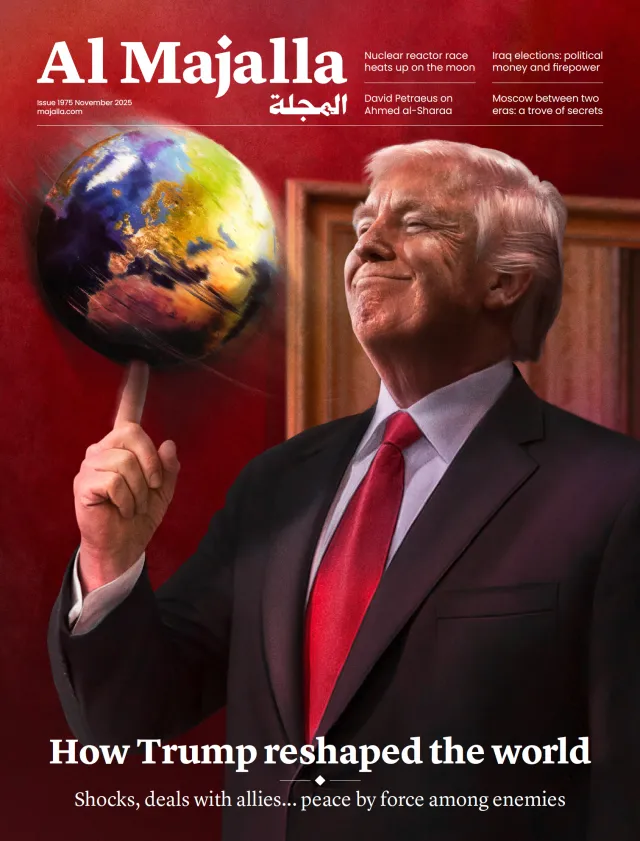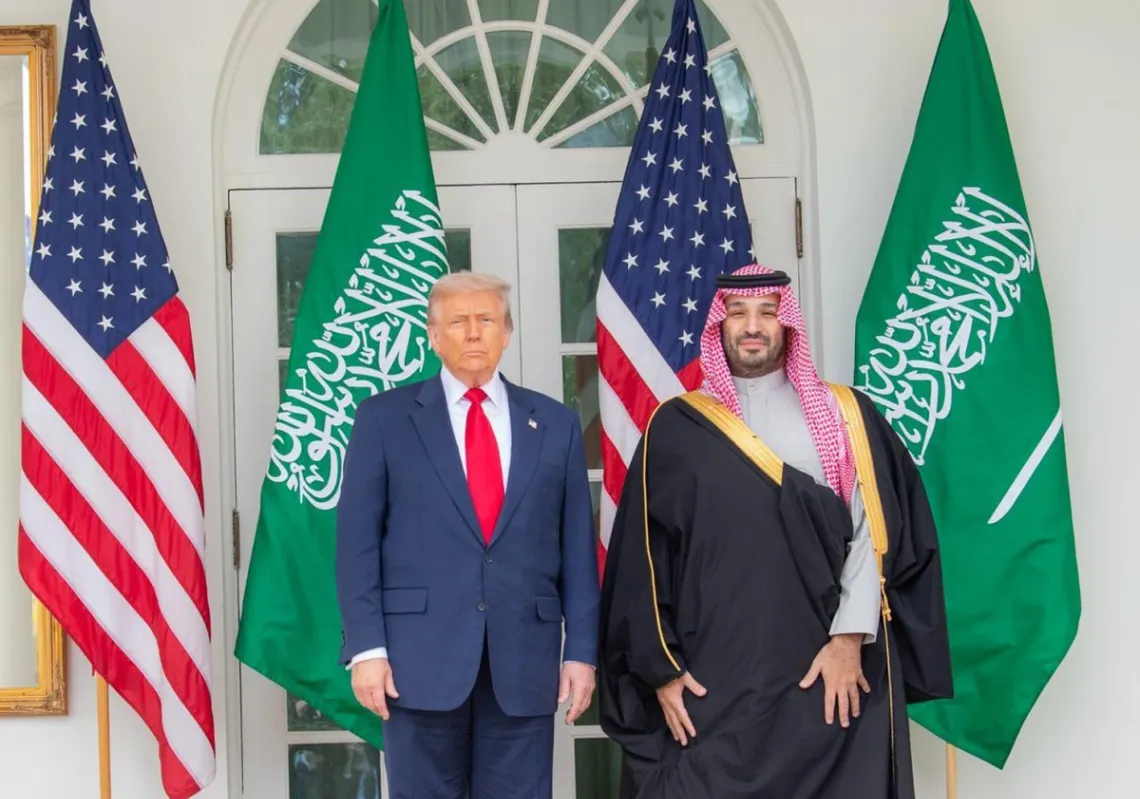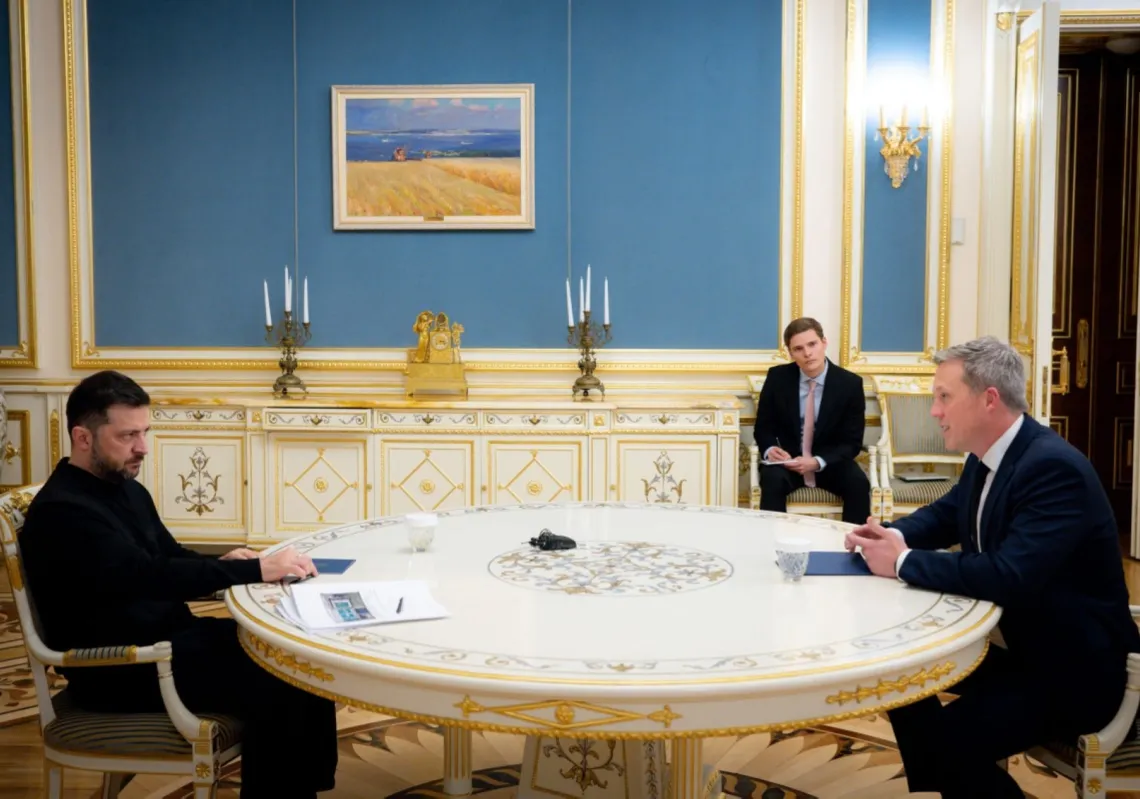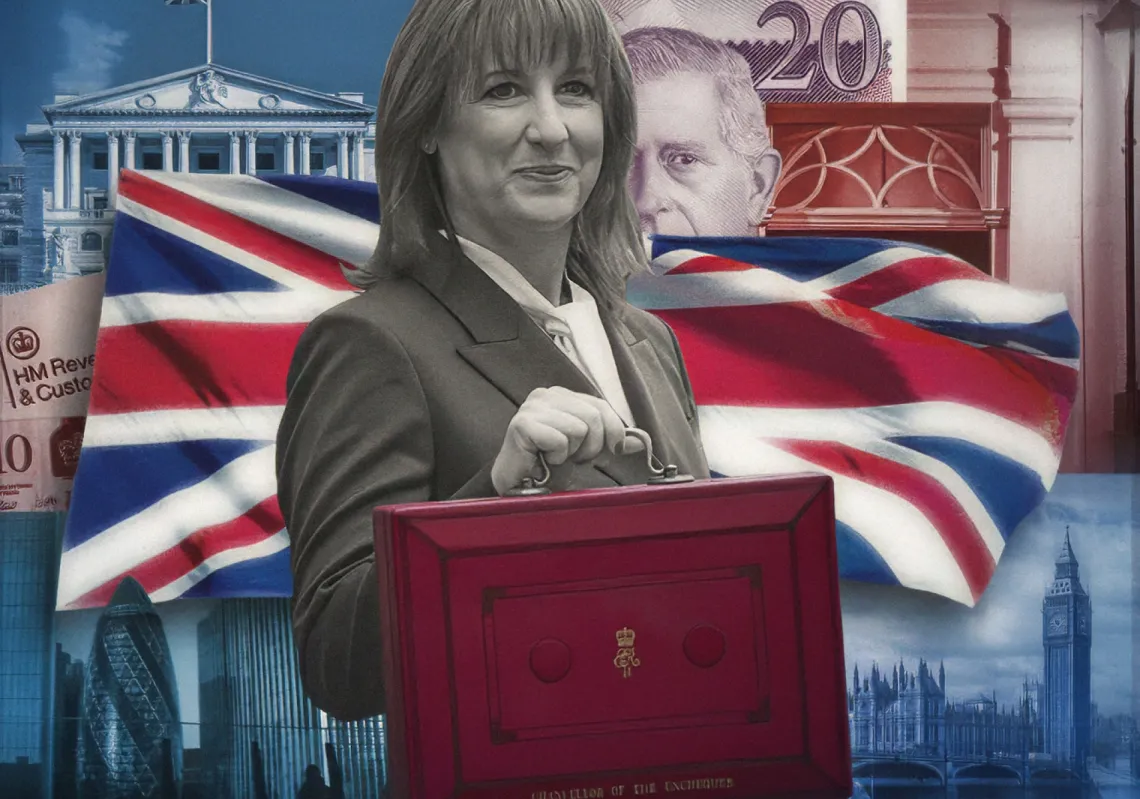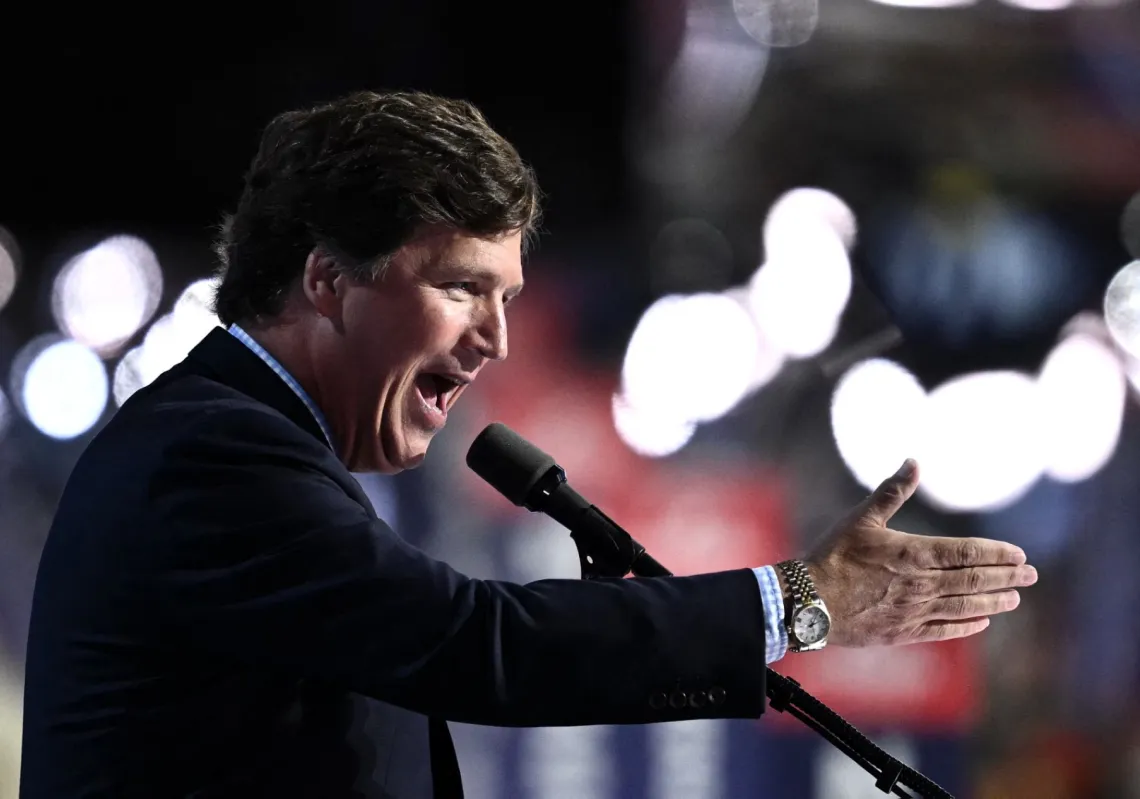In 1956, a University of Maryland student came up with a brilliant idea. Fred Kahn, 23, wrote to his university administration proposing a live presidential debate between Democratic candidate Adlai Stevenson and his Republican opponent, Dwight Eisenhower. Kahn had read in the papers that Stevenson described the presidential election as being carried out in a “circus atmosphere,” which might have prompted him to make his proposal.
Hailing from a family of Jewish emigrants, his father fled Nazi Germany and settled briefly in Belgium, then in the United States. Fred would serve in the US Army during the Korean War and, by 1953, receive US citizenship. He didn't know when he made the proposal that it would change the face of presidential politics in America.
Kahn peddled his idea in several newspapers and also wrote to a number of influential personalities like former First Lady Eleanor Roosevelt. For its part, the University of Maryland turned down his suggestion, arguing that a university campus was no place for politics. Kahn would have to wait another four years to see his idea come to life during the 1960 presidential election between Senator John F. Kennedy and then-Vice President Richard Nixon. Prominent US journalist Howard K. Smith of CBS moderated the first debate, along with a panel from ABC News, CBS, and NBC.
When the 1960 debate finally happened, nobody credited Fred Kahn and few had heard of his name. He would spend the next three decades working for the federal government, and after retirement, he devoted his time to reminding newspapers about how presidential debates were his brainchild.
We actually know very little about him beyond that and cannot say for sure if the idea was his own or if it had been inspired by the 1858 ad hoc debates between Abraham Lincoln, who was seeking to replace Illinois Senator Stephen Douglas at the US Senate. In total, Lincoln and Douglas debated seven times, face-to-face with no moderator, and would soon challenge each other for the US presidency in 1860, which ultimately went to Lincoln.
In 1940, Republican candidate Wendell Willkie challenged incumbent president Franklin D. Roosevelt to a debate (which was turned down) and eight years later, both the Republicans and Democrats would hold primary election debates on radio, paving the way for the first full-fledge television debate between Nixon and Kennedy on 26 September 1960.

Kennedy-Nixon Debate (1960)
Due to his age and experience, many expected Vice President Nixon to dominate a much younger John F. Kennedy, but they were in for a big surprise. Kennedy did a brilliant job during the first debate, completely destroying Nixon in a manner not much different from what Donald Trump did to President Joe Biden in June.
Unlike Biden, however, Nixon did not take defeat for granted nor did he withdraw from the race. Far from it, he went on to debate Kennedy three more times, once in Washington DC on 7 October and twice in New York (13 and 21 October).
Although he ended up losing, Nixon carefully examined his performance and looked at what exactly went wrong. He was new to television and had worn a light grey suit that blended with the background on black-and-white television sets, making him look dull and unattractive. He also refused to put on any studio make-up, giving him an additionally pale complexion compared to a radiant Kennedy. So powerful was the presidential debate that Nixon’s mother had to call the studio after it was over, asking if her son was ill.
Carter-Ford Debate (1976)
Americans would wait another 16 years to watch the next presidential debate, this time between Democratic nominee Jimmy Carter and incumbent president Gerald Ford, who had become president following Nixon’s 1974 resignation. The League of Women Voters organised the first debate on 26 September 1976. A technical problem infamously led to the muting of Carter’s remarks before the 70 million viewers who were watching. Unaware of the glitch, Carter continued to speak, but then both he and Nixon had to go silent for 27 minutes before the problem was fixed.
Polling had Ford in the lead until he made a major blunder during the second round, showing just how ignorant he was on international affairs. Speaking at the second debate on 6 October, the president said, “There is no Soviet domination of Eastern Europe, and there never will be under a Ford administration.” The Democrats tore him to pieces at the height of the Cold War, and with little surprise, Carter won the election and was sworn in on 20 January 1977.
Reagan-Carter Debate (1980)
Three years later, after the Soviet invasion of Afghanistan and the Iran hostage crisis, Carter would return to the presidential debates in 1980, this time against former Hollywood actor Ronald Reagan. Unlike Carter, who was stiff and rigid, Regan was a master orator known for his charm, wit, and character.
The League of Women Voters tried setting up a debate between Carter, Reagan, and Congressman John B. Anderson, a political independent. Carter refused to be challenged by Anderson and so, the first debate took place between Anderson and Reagan on 21 September 1980. With that behind him, Reagan took on Carter on 28 October, tearing him to pieces both on domestic and foreign policy. Polls were showing Reagan at 43%, Carter at 37% and 11% of the voters undecided.
Reagan managed to sway them in favour of the Republicans, but three years later, investigative US journalist Laurence Barrett published his book Gambling with History, covering the first two years of the Reagan White House. In what came to be known as the DebateGate Scandal (ala Watergate 1974), Barrett claimed that the Reagan team had stolen Carter’s notes and talking points ahead of the 1980 presidential debate.
A throughout investigation ensued under which future Secretary of State James Baker swore under oath that he had never touched Carter’s notes and memos. His Republican colleague William Casey would challenge him on that, before Reagan named him CIA director in 1981.

Bush-Clinton Debate (1992)
A three-way debate was organised ahead of the 1992 elections, between President George HW Bush, Democratic candidate Bill Clinton, and independent tycoon Ross Perot. In a change of scenery, instead of network studios, Clinton and Bush debated at Washington University in St Louis and the University of Richmond in Virginia. Bush didn't hide the fact that he hated debate, saying: “I don’t like debates. You look at your watch ... they say he’s bored and we need change. They made a huge deal out of that. Was I glad when the damn thing was over? Yea, and that’s why I was looking at it (my watch). Only ten more minutes of this crap.”
Clinton-Dole (1996); Bush-Gore (2000)
Bill Clinton would return to the debate “club” this time as president challenging Republican nominee Bob Dole between 6-16 October 1996. During the next election in 2000, Republican candidate George W. Bush was, very much like his father, not very enthusiastic about the debate. He wanted to have only one debate—not three—and asked it to be limited to an hour and moderated by Larry King. However, he ended up going along with the established norm. He debated Gore three times and ended up defeating him on 7 November 2000.
Bush-Kerry (2004) Obama-McCain (2008) Obama-Romney (2012)
When he returned to the debates four years later, Bush adopted an aggressive posture in his debate with Democratic challenger John Kerry, sneering and making what was then perceived as inappropriate facial expressions. Trump would go on to adopt even more aggressive tactics when he debated Hillary Clinton in 2016 and this year during his debate with Kamala Harris.
During the 30 September 2004 debate with Kerry, something crumpled appeared in Bush’s jacket, making it look as if he had been wired and connected to someone feeding him answers and talking points. After getting a question Bush would enter into prolonged silence before replying, making it look as if he was waiting for somebody to give him an answer. The accusation of wiring President Bush is similar to what the Trump team said about Vice President Harris after the last debate, when she was accused of getting answers through wired earrings.
Until then, however, presidential debates were more or less polite. There was little to no mockery and no smirks, derogatory facial expressions, or insults whatsoever. George W. Bush was probably the first to resort to such tactics, followed by his friend and ally John McCain, who tried, rather unsuccessfully, to belittle Barak Obama during the 2008 debates.
Obama would pull something similar in 2012, avoiding eye contact with Mitt Romney and looking at the floor whenever his opponent was speaking, whether to him or to the moderator. He won a second term, and presidential debates continued to be cordial until Donald Trump arrived on the scene in 2016.
Clinton-Trump (2016); Biden-Trump (2020)
That September, he took on Hillary Clinton before a record-breaking viewership of 84 million people. It was the highest since the first debate in 1960. Impolite and rude to Clinton he did the same with Joe Biden on 29 September 2020, who was trying to unseat him and managed to do just that.
Trump warned of election fraud even before the first debate with Biden, and he took on Biden with no gloves and no rules, often striking below the belt and targeting the future’s president’s history, character, and self-esteem. When asked whether he would willingly step down and leave the White House should Biden win the 2020 elections, Trump said: “We’ll have to wait and see.”

